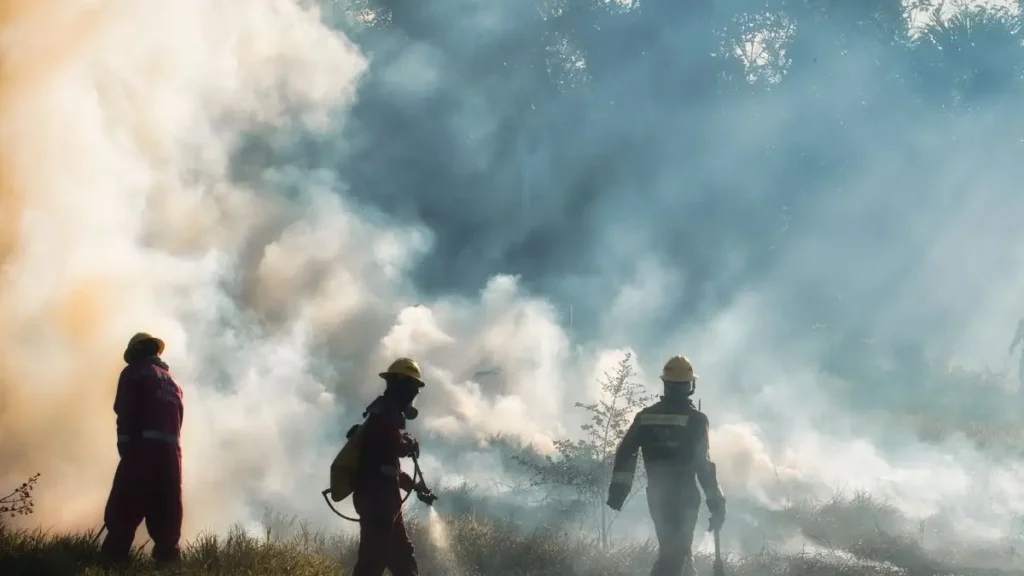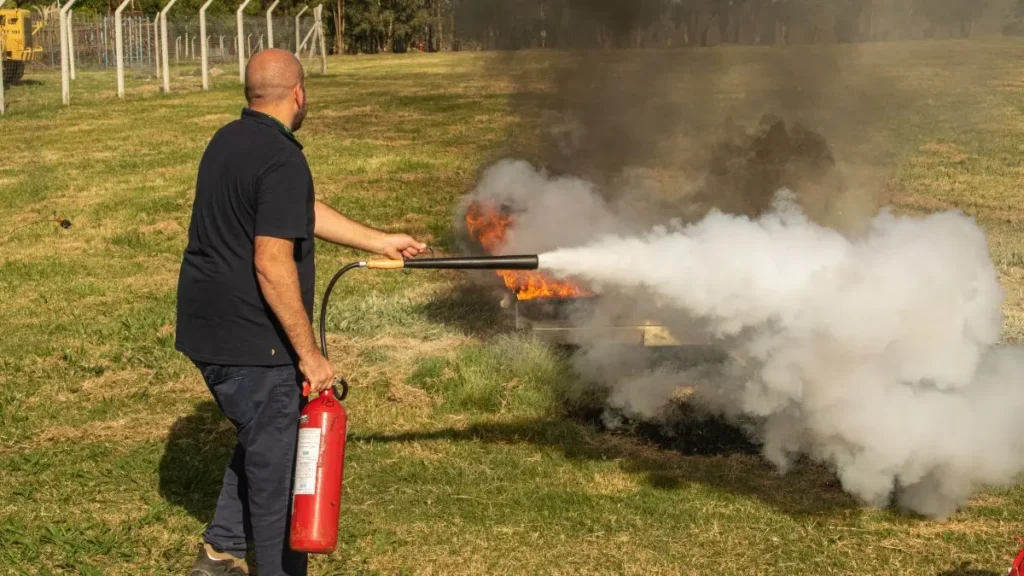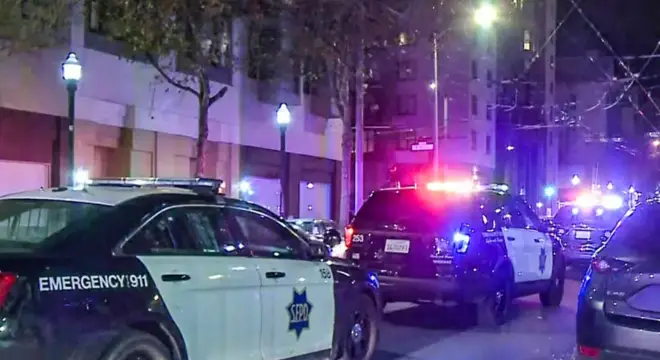One Victim Found Dead After Overnight Mobile Home Fire in Jefferson County
When I first read the incident report from Hillsboro Fire Protection District, it struck me how quickly a quiet night can turn into something no one sees coming. Around 2:30 a.m., a call came in about a mobile home fire on Castle Ranch Road in De Soto. By the time crews reached the property, the structure was already burning hard — the kind of fire that tells you it had a head start before anyone even noticed.
Firefighters found the home fully involved, and part of the structure had already collapsed. That detail alone gives you a picture of how intense the heat must’ve been inside. Once they knocked the flames down enough to get in safely, they found a person in a bedroom who didn’t make it out. As of now, officials still haven’t confirmed the identity.
It’s the kind of situation that leaves more questions than answers, and I know you’re probably wondering the same things I am: How did the fire start? Could anything have helped earlier? And what does this mean for people living in similar homes?
What’s the first question that comes to your mind when you hear about a fire like this?
How the Fire Unfolded: A Closer Look at the Timeline

When I went through the early updates from KMOV, one thing became clear — this fire moved fast. Too fast for anyone inside to react the way they normally could during an emergency.
The call came in around 2:30 a.m., which is one of the worst possible times for a residential fire. Most people are in their deepest sleep, alarms are harder to hear, and even a few seconds’ delay can decide everything. By the time firefighters reached the scene, the mobile home wasn’t just burning — it was fully engulfed.
KMOV’s early report also mentioned how part of the structure had already collapsed. When you see that detail, it usually means the fire had been growing for longer than anyone realized. Heat builds inside these homes quickly, and once the frame gives up, rescue becomes almost impossible.
What stays with me is the moment firefighters finally made entry. They found the victim in a bedroom — the place where most fatal fires begin or end, because people never wake up in time.
Whenever I read a timeline like this, I can’t help thinking about how small windows of time change everything. Ten minutes earlier, a working alarm, a neighbor awake — sometimes that’s all it takes.
What Fire Officials Shared: On-Scene Challenges & Early Statements
Before forming any strong assumption, I always go straight to the people who were actually there. The Hillsboro Fire Protection District shared their initial update on their official Facebook page, and you can feel the seriousness in the way they described the scene.
They talked about arriving to find the home burning at a level where parts of it had already failed structurally. When firefighters mention collapse that early, it tells you they were dealing with extreme heat and unstable flooring — a combination that puts the crew at risk before they even step inside.
Their post also highlighted how the fire was “fully involved” on arrival. That phrase gets used a lot, but in simple terms, it means every main section of the home was burning at once. There’s no calm corner, no safe window, no quick entry point. It’s an all-front, high-heat situation.
What I appreciate about the district’s updates is that they don’t try to dramatize anything. They give clear facts and make it obvious that they pushed as far as they safely could to locate anyone inside.
And behind that official tone, you can sense something unspoken: firefighters carry these scenes with them for a long time.
This reminded me of a similar early-morning fire in Henrico where a woman didn’t make it out in time — the pattern of late-night ignition is almost identical.
Why Mobile Homes Burn So Fast: The Safety Gap No One Talks About
The more I read cases like this, the more I feel we don’t talk enough about how vulnerable mobile homes can be in a fire. It’s not about fear — it’s about understanding the risk so people can prepare better.
Mobile homes heat up faster because of their lightweight construction. Walls are thinner, air gaps are smaller, and once a fire finds oxygen, the temperature spikes in minutes. A small spark behind a wall or near old wiring is all it takes.
And if a collapse happens early — like it did here — that usually means the structure didn’t stand a chance against the intensity. Older homes, especially those built before stricter codes were introduced, tend to suffer more.
You don’t need complicated science to understand it. Just imagine a small, enclosed space where heat has nowhere to go. Add lightweight materials and limited exits, and you see how quickly things can turn dangerous.
I’m not saying mobile homes are unsafe by default. But they demand a higher level of awareness — regular smoke alarm checks, upgraded wiring, and safe heating habits. Most people don’t think about these things until a story like this hits the news.
By the way, I often share quick fire-safety alerts and real-time incident updates on a WhatsApp channel I follow — it’s a good way to stay aware without doom-scrolling all day.
Community Impact: The Human Side Most Reports Skip
I’ve noticed that most news reports stick to the technical details — the timeline, the agencies, the investigation notes. But when you look beyond those surface facts, there’s always a community that gets shaken by something like this.
A fire at 2:30 a.m. means neighbors woke up to sirens, smoke, and the kind of uncertainty no one wants to experience at night. Even if they didn’t know the person who lived there, the idea of losing someone so close to your own home hits differently.
For firefighters, too, these calls are not “just another shift.” They’re the people who walked into a collapsing home hoping they weren’t too late. And they’re the ones who now have to go back and face the stillness of the scene once the flames are out.
You feel it in the way communities respond afterward — sharing updates, offering help, checking their own alarms, talking to neighbors they haven’t spoken to in months. Tragedy has this way of reminding everyone how connected we really are.
If you’ve ever lived in a small town or rural area, you know exactly what I mean.
What We Still Don’t Know — and What I’m Watching Closely

Whenever a fatal fire is this fresh, there’s always a list of unanswered questions. And honestly, those questions are what shape the next few days of reporting.
Right now, officials still haven’t confirmed:
- Who the victim was
- Whether the fire started in the bedroom or somewhere else
- If any heating equipment was running at the time
- Whether electrical issues could be involved
- How long the fire burned before anyone saw it
The Missouri State Fire Marshal is involved, which usually tells me there are details they want to be meticulous about — either because the origin is unclear or because they need to rule out specific causes.
I’ll be watching for updates from both the Fire Marshal and the Hillsboro Fire Protection District, because those two sources will give the clearest picture once investigators have something concrete.
And this is also where you come in — if you’re from the area or you’ve seen community posts, sometimes those small details help paint a fuller picture than official statements alone.
I saw the same kind of structural collapse mentioned in a Camillus house fire recently, where investigators later confirmed the victim inside after the roof gave way.
What You Can Learn From This: Simple Safety Habits That Actually Save Lives
Here are the things I’d want you to remember if you live in a mobile home or any compact space:
- Check your smoke alarms every month. Fatal fires almost always happen at night, and a working alarm is the only thing that gives you those extra seconds to escape.
- Be careful with heaters. Early-morning fires often come from space heaters, overloaded outlets, or things placed too close to heat sources.
- Keep exits clear — completely clear. In a mobile home, one blocked hallway or a stuck window can turn a small fire into a trap.
- Do a quick weekly safety walk. Look behind appliances, feel for warm outlets, unplug things you don’t need, and make sure nothing looks or smells “off.”
- Replace old wiring or damaged cords. Even one frayed wire can spark faster than you think, especially in tighter homes with less ventilation.
- Have a simple night routine. Turn off heaters you don’t need, unplug non-essential gadgets, and keep your phone nearby in case you need to call for help.
These aren’t big tasks — they’re small habits that quietly protect you. If a story like this makes you check even one alarm or move one heater a little farther away, that’s already a win.
It reminded me of a heartbreaking case in Washington where an 11-year-old boy and three pets couldn’t escape because the fire moved through the home far quicker than anyone expected.
Final Update
Authorities say the investigation into the Jefferson County mobile home fire is still active. The Hillsboro Fire Protection District, the Missouri State Fire Marshal’s Office, and Jefferson County officials continue working to determine what sparked the deadly blaze.
At this time, the identity of the victim has not been released, and no additional details about the cause of the fire have been confirmed. Local officials are expected to provide further updates as new information becomes available.
If you want to stay updated on fire safety cases and similar incidents, you can explore more community safety stories on our website Build Like New.
Disclaimer: This article is based on currently available information from official sources. Details may change as investigators release new updates.


